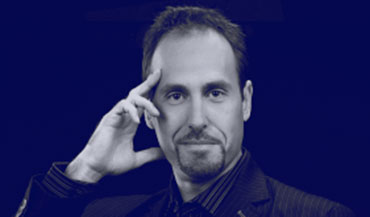It seems like you can hardly open a book about nonverbal communication without eventually coming across the claim that it account for up to 95 percent of our meaning. The claim usually states that 55 percent of our communication is body language, 33 percent is tone of voice, and the remaining 7 percent are words. If you’ve heard this, you’ve probably thought to yourself, “that can’t be right.” Well, it isn’t.
The claim It comes from a study by Albert Mehrabian in the late ‘60s. In this study, he had an experimenter read a list of emotionally charged words to college students using different tones of voice and inflections. The students were then asked how they knew what the speaker really wanted the words to mean. What he discovered was that whenever there was a difference between what a word meant according to the dictionary and what the speaker intended the word to mean, the meaning was carried through nonverbal sources. In other words, whenever there’s a difference between what we say with our words and what we do with our body language, people will ignore the words and believe our body language.
So the question of how much of our meaning comes from nonverbal cues depends very much on how important emotional content and intent are in our messages. If I’m trying to teach you the workings of a particular economic theory, nonverbal cues may play a very small part. But if I’m trying to persuade you to follow a particular school of economic thought, they may play a huge role. This is because people very seldom are persuaded through reason alone. Things like emotion, empathy, trust, credibility, all of which are communicated primarily through nonverbal channels, play a larger role. And even if I’m trying to teach you something very dry and technical, I won’t be successful if I’m also giving off nonverbal signals that make me appear to be lacking in credibility.
I’m usually comfortable saying something like, “depending on circumstances, nonverbal cues can account for between 50 and 80 percent of what we communicate,” because in most cases the emotional content of our message has greater weight than the informational content. The key words, though, are “depending on circumstances.”
There is one circumstance that pretty much never changes. While you might not be a professional sales person, you are always selling yourself: your integrity, your personality, your trustworthiness. This kind of information is conveyed almost exclusively through nonverbal channels. This is why, regardless of what percentage of our communication comes from body language, you must be aware of your own body language 100 percent of the time.


No comments yet.